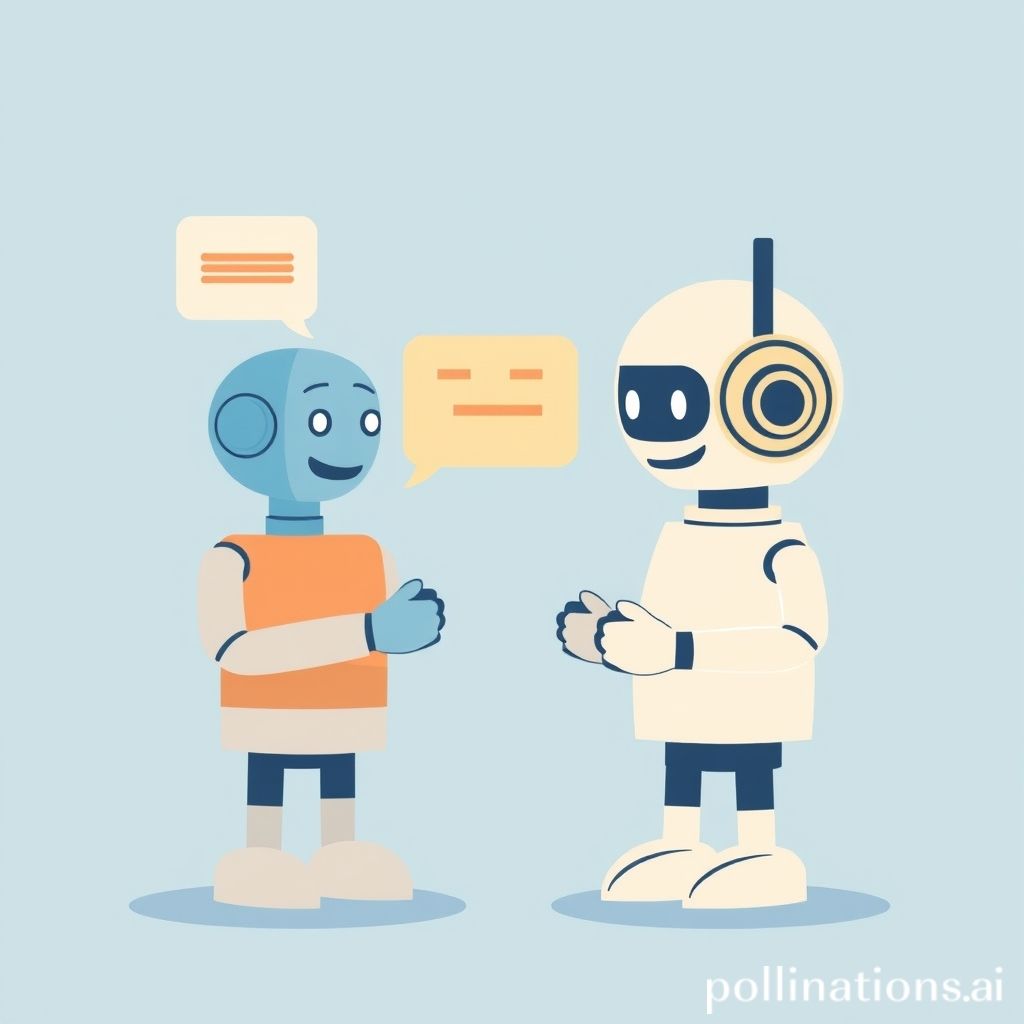
Building Intelligent Chatbots with Natural Language Processing
In recent years, chatbots have emerged as powerful tools for enhancing customer engagement and automating responses across various industries. As the demand for more interactive and human-like conversations grows, the integration of Natural Language Processing (NLP) into chatbot development has become imperative. This article explores the key components and techniques involved in building intelligent chatbots using NLP.
Understanding Natural Language Processing
Natural Language Processing is a branch of artificial intelligence that focuses on the interaction between computers and humans through natural language. It enables machines to understand, interpret, and respond to human language in a way that is both meaningful and useful. Some core functions of NLP that contribute to chatbot intelligence include:
- Text Analysis: Breaking down sentences into their grammatical components to understand intent and context.
- Sentiment Analysis: Determining the emotional tone behind a series of words to better respond to user queries.
- Entity Recognition: Identifying and categorizing key information (such as names, dates, and locations) within the text.
Key Components of Intelligent Chatbots
Building an intelligent chatbot requires several essential components that work in conjunction with NLP to deliver effective interactions. These include:
- Natural Language Understanding (NLU): NLU is a subset of NLP that specifically focuses on understanding users' intent and extracting relevant information from their queries.
- Dialogue Management: This component governs the flow of the conversation, managing context and keeping track of user interactions to provide coherent and contextual responses.
- Response Generation: Based on user input and context, the chatbot needs to generate appropriate responses, which can be done through pre-defined templates or dynamic content generation.
Techniques for Building Chatbots with NLP
There are various techniques and frameworks available for building NLP-driven chatbots. Some popular methods include:
- Rule-Based Systems: These rely on a set of predefined rules to interpret user input and generate responses. While they can be effective in narrow domains, they lack flexibility in understanding varied language use.
- Machine Learning Models: Using machine learning algorithms, chatbots can learn from large datasets to improve their responses over time. Popular models include RNNs, LSTMs, and Transformers.
- Pre-trained Language Models: Utilizing models like BERT or GPT, developers can leverage existing knowledge for sophisticated understanding and generation of text, making chatbots more efficient and effective.
Implementing Chatbots in Real-World Applications
Intelligent chatbots powered by NLP are being widely adopted across various sectors:
- Customer Support: Providing instant answers to common queries and reducing wait times for customers.
- E-commerce: Assisting users in finding products, making recommendations, and managing transactions.
- Healthcare: Offering preliminary diagnoses, appointment scheduling, and answering health-related inquiries.
Conclusion
The development of intelligent chatbots using Natural Language Processing is transforming the way businesses interact with their customers. By harnessing the power of language understanding and context management, organizations are creating personalized and engaging user experiences that enhance satisfaction and streamline operations.
